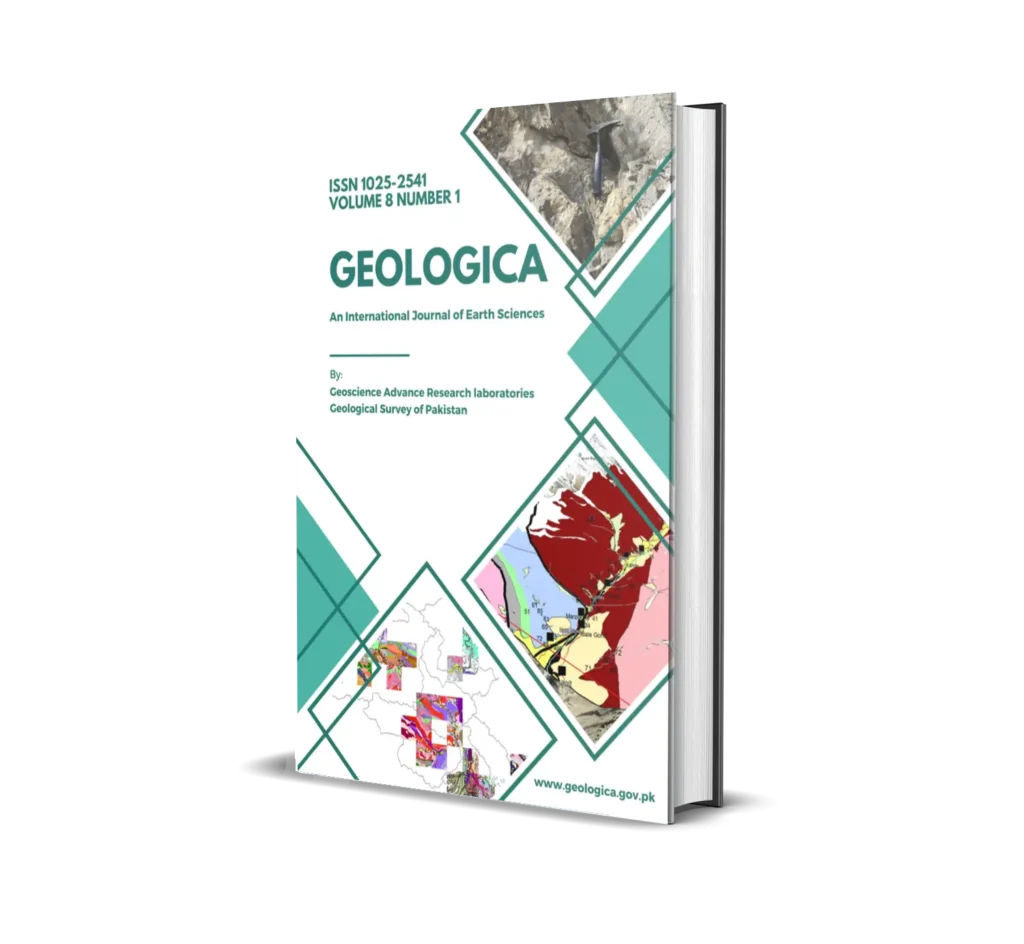ABSTRACT
In the 21st century, environmental pollution has become a serious threat to biodiversity and human health in addition to ecosystem. In particular, anthropogenic activities contribute significantly for the release of CO2 in Earth’s atmosphere. Thus, atmospheric pollution due to CO2 is one of the grave concerns faced by humanity around the globe. There are various triggering sources which include combustion of fossil fuels for electricity generation, transportation, industry and other activities thereby releasing ca. 50 billion metric tons of greenhouse gases (GHG) annually. In addition, mines (mineral exploration) are among the major contributors through both direct and indirect ways. For instance; BHP (an Australian multinational mining company) alone have emitted over 3.4 Mt of GHG from iron and nickel mining sites in 2020. Moreover, it should be noted that mineral waste is believed to have less economic importance, approximately 2 to 6 Giga tons of such mineral or mine tailings exist worldwide. Interestingly it has significant potential for capturing of CO2 and its sequestration. In particular calcium, magnesium and silicate rocks are candidate materials for the same. Indeed, it would be monumental for the environment and economy of the country. With particular reference to Pakistan; Baluchistan province having plenty of mineral treasures which stimulated development of mining industry at large, produces 1 Mt of mineral waste annually. Therefore, in this study, detailed X-ray fluorescence spectroscopy (XRF) was carried out on numerous mineral waste samples collected from the Muslim Bagh District of Baluchistan, Pakistan. In addition, the estimation of the waste generation from various mines and beneficiation plants of Muslim Bagh District was also discussed.
KEYWORDS: Mining waste, Baluchistan, XRF, beneficiation plants, carbon dioxide.





